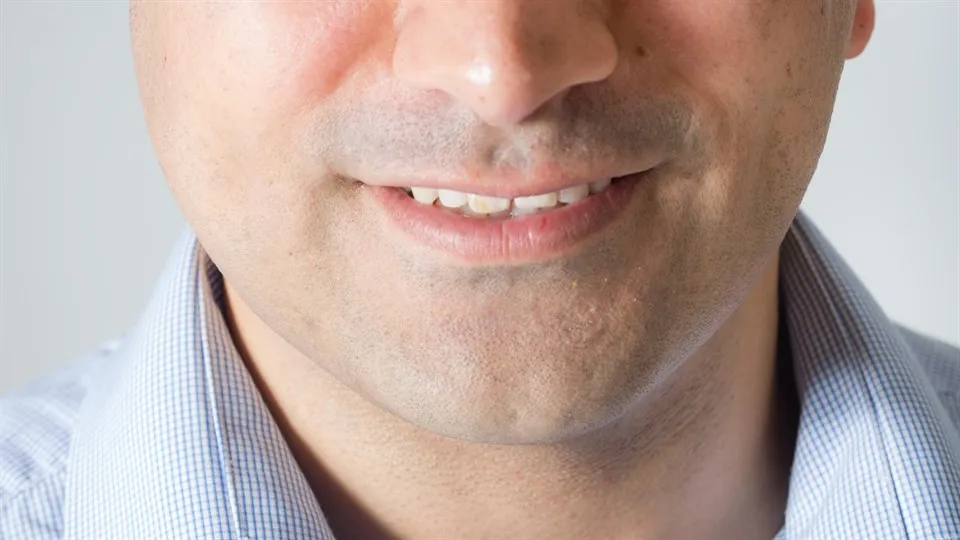Defence of a Doctoral Thesis with Majid Alimadadi
Welcome to the defence of a Doctoral Thesis in Engineerings Physics with Majid Alimadadi.
Abstract
Fiber network is a ubiquitous structure that is seen both in industrial materials (paper and nonwoven), and also in biological materials (plant cells and animal tissues). Nature intricately manipulates the network structures by varying density, aggregation, and fiber orientation, to create a variety of functionalities.
In conventional papermaking, fibrous materials are dispersed in water to form a sheet of highly oriented two-dimensional (2D) network. In such a structure, the in-plane mechanical and transport properties are very different from those in the out-of-plane direction. A three-dimensional (3D) network, however, may offer unique properties not seen in conventional paper products.
Foam, i.e., a dispersed system of gas and liquid, is widely used as the suspending medium in different industries. Recently, foam forming was studied extensively to develop the understanding of foam-fiber interactions in order to find potential applications of this technology in papermaking.
In this thesis, a method for producing low-density, 3D fiber networks by utilizing foam forming is investigated and the structures and mechanical properties of such networks are studied. Micro-computed tomography is used to capture the 3D structure of the network and subsequently to reproduce artificial networks. The finite element method is utilized to model the compression behavior of the network of both the reproduced physical network and the artificial networks in order to understand how the geometry and constitutive elements of the foam-formed network affect its bulk mechanical properties. Additionally, it was tried to quantify the orientation behavior of particles in a laminar Newtonian flow based on the key parameters of the flow which control the orientation.
The resulted foam-formed structures were extremely bulky. Despite of this high bulk, the fiber networks retained good structural integrity. The compression behavior in the thickness direction was characterized by extreme compressibility and high strain recovery after compression. The results from the modeling showed that the finite-deformation mechanical response of the fiber network in compression is satisfactorily captured by the simulation. However, the artificial network shows higher stiffness than the simulated physical network and the experiment. This discrepancy in the stiffness was attributed to macroscopic structural non-uniformities in the physical network, which result in elevated local compliance. It was also found that the friction between the fibers, as well as, fiber curvature, had negligible impact on the compression response of the fiber network. While, defects (in the form of kinks) considerably affect the response at the last stages of compression. The study of the orientation behavior of particles at different flow velocities, particle sizes, and channel geometries suggest that it might be possible utilize the flow shear rate as a means to quantify the orientation behavior.
Supervisor
Prof. Per Gradin, Mid Sweden University
External Reviewer
Prof. Pär-Erik Jonsén
Examining committee
Prof. Ulf Stigh
Prof. Daniel Söderberg
Docent Jonas Örtegren
Prof. Håkan Olin

